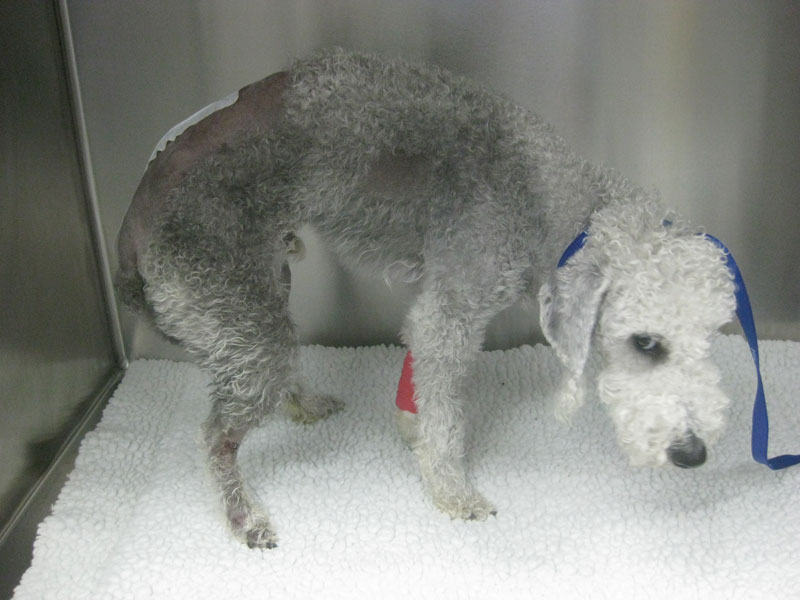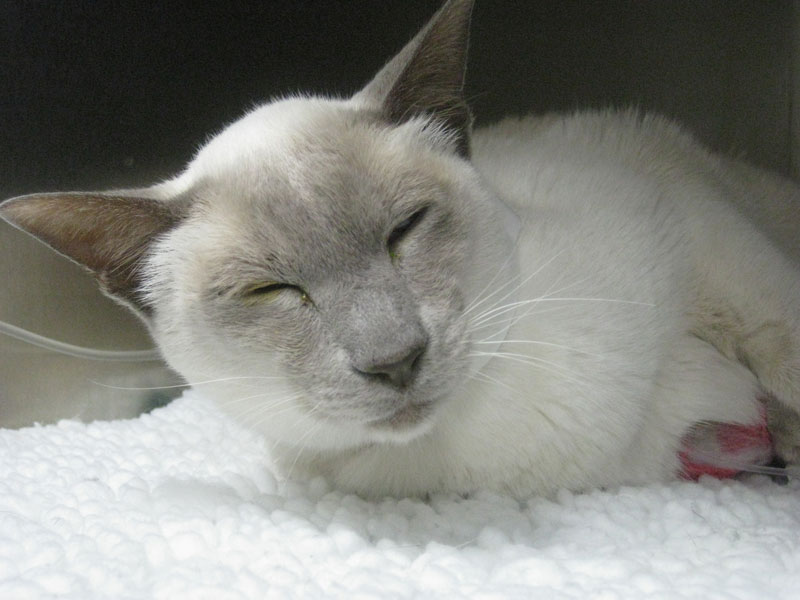How to recognise pain in animals?
Pain is difficult to recognise in animals, as they cannot tell us what is hurting them. We can assume that if a condition would be painful in a person, the same condition would be painful in our pets. Although all animals experience pain, the expression of pain varies with age and species, as well as between individuals.
How do I Know when my Dog is in Pain?
Dogs tend to show obvious behavioural changes regarding their discomfort, and there are situations where we can safely assume that a dog is experiencing pain e.g. with an obvious injury or after surgery. In other cases, the evidence that a dog might be in pain is more subtle, and in these situations you have to trust your intuition and train yourself to be a keen observer.
What to do if you think your pet is in pain
If you suspect your pet might be hurting, consult your Vet for help. Even subtle changes in behaviour are reasons to contact your Vet, as these can be the first signs of illness and pain. Be prepared to answer questions about your pet’s behaviour, activity level and tolerance for being handled. You, as an owner, play an essential role in the ongoing assessment of pain in your pet and the success of its management.
What Behavioural Changes Should I look for in my Dog?
It is important to take note of any change in your dog’s behaviour. Some of the following signs may indicate that your dog is trying to tell you that he/she is suffering discomfort:
- Unusually inactive, quiet or unresponsive
- Restlessness/inability to get comfortable
- Excessive/inappropriate panting
- Changes in sleeping patterns
- Avoiding interaction with other pets or family members
- Flattening ears against the head, changed facial expression
- Hunched back posture
- Difficulty rising from a lying/sitting position
- Seeking a lot more affection than usual
- Whining, whimpering, yelping or howling
- Constantly licking or chewing at a particular part of the body
- Acting oddly and out of character, either aggressively or submissively
- Difficulty eating
- Lameness
- Reluctance to climb stairs/jump up
- Negative reaction to being handled/picked up.
It is important to remember that a lack of obvious signs does not mean your dog is not experiencing pain. If the injury, illness or experience is one that sounds painful to you, go with the assumption that it may also hurt your dog and seek help from your Vet.

Is Pain Expressed in the same way in all Dogs?
Individual dogs undergoing the same procedure or having the same problems may experience or express their pain differently. In addition, an individual animal can experience more than one type of pain at any given time. Every dog is different and it is difficult to generalise about pain symptoms. Puppies and older dogs may not express their pain as clearly as adults. Certain breeds of dogs appear to be more sensitive to painful stimuli and are more easily aroused than others. Responses to surgery and injury or to therapy are unique to each individual dog. Bedlington Terrier demonstrating pain with a hunched back with an aversion to sitting down.


Are Cats Different to Dogs?
Cats most certainly are different to dogs and they are more likely to hide their pain. For that reason, spotting signs of pain in cats is often more difficult than in dogs. It is important not to look at a cat’s actual behaviour but at any changes in their behaviour that may indicate pain. For example, inappropriate toileting, aggression, anxiety and bizarre behaviour may all have pain as an underlying cause.
Siamese cat, showing typical pain characteristics through facial expression; including open/outward pointing ears and a smiling expression around the mouth area.

What Behavioural Changes Should I look for in my Cat?
It is important to take note of any change in your dog’s behaviour. Some of the following signs may indicate that your dog is trying to tell you that he/she is suffering discomfort:
- Reduced activity, lethargy
- Previously friendly cats try to claw or bite
- Aggression, moodiness, resentment at being handled
- Attacking the tail or back legs
- Excessive licking one part of the body
- Over-grooming or reduced grooming - poor coat condition
- Changes in temperament - wanting lots of attention or avoiding human contact
- Howling or constantly meowing
- Changed facial expression: droopy ears, slanted half-closed eyes
- Inappropriate toileting
- Changes in sleeping patterns
- Abnormal gait/lameness
- Reluctance to jump or climb
- Hiding
- Not shedding nails appropriately
What to do if you think your pet is in pain
If you suspect your pet might be hurting, consult your Vet for help. Even subtle changes in behaviour are reasons to contact your Vet, as these can be the first signs of illness and pain. Be prepared to answer questions about your pet’s behaviour, activity level and tolerance for being handled. You, as an owner, play an essential role in the ongoing assessment of pain in your pet and the success of its management.
To save this page as a PDF, click the button and make sure “Save as PDF” is selected.
Anaesthesia and Analgesia
Find out more
To assist owners in understanding more about Anaesthesia and Analgesia, we have put together a range of information sheets to talk you through the some of the main areas of pain management at Willows.

